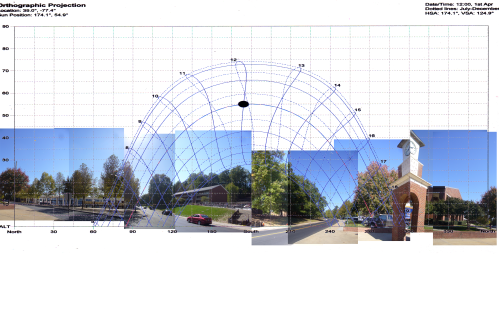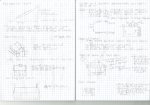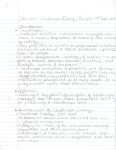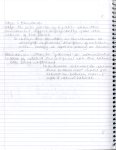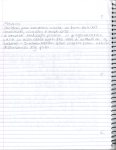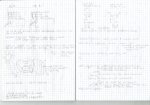1. According to Meadows, elements, interconnections and a function or purpose are necessary components in systems. Describe the elements, connections and/or functions or purpose in the Chesapeake Bay watershed system. Diagram the system including these elements.
The aim is being able to create a balance between all the different influences on the bay such as equity, ecology and economy. This healthy relationship will enable people to have a higher standard of living due to the fact that there is a cleaner and healthier environment for humans and animals alike (cleaner bay). The elements include habitats, animals, the bay watershed- and of course humans such as the crop farmer, agriculture regulator, waterman etc. The interconnections are these specialised and specific roles and duties of the elements (humans) in ensuring the bay stays healthy such as fishing, farming and developing- however this also includes negatives such as pollution. Purpose being the final aim of all these activities combined which was ultimately to better the health of the bay and to overcome the conflict between the different goals of the respective elements. Examples include asset growth and activities that were detrimental to the bay.

2. Describe how your diagram and understanding have changed since your first diagram of the Chesapeake Bay watershed system.
This second diagram further explains the first diagram I drew except now; I have a more detailed understanding of what elements directly influence the next. The first diagram showed very basic flows and relationship of A to B but now, I have included all the interconnections, and with the knowledge of their purposes and motives, I can now relate to the bay in terms of A to B to A to C (that is, one element can influence or have an effect on multiple things at any given time).
3. How do you think delay affects the efforts to improve the health of the Bay?
The effects of delay on the improved health of the Bay become apparent in very different ways. On the one hand, due to a delay, we are unable to quickly observe and record the immediate positives or negatives by making a particular decision (i.e. losing or gain of assets whilst playing the game), thus it proves difficult to keep track of the immediate effects on the quality of the bay. However, delays are somewhat beneficial in that it prevents people “jumping the gun” when it comes to making decisions because we have noticed that some things take a while to really kick-in and begin to show results. It is possible that by making a particular decision, there may appear to be no positive outcome but sometimes other elements need to be introduced as well to further enforce an action before its results can be seen. Furthermore, delays enable reliable evaluations over the long term so that more fruitful predictions can be made if future encounters arise.
4. What was your perceived understanding of the goal/s of the game? Did you think the overall goal/s “fit” with your goals as a stakeholder and citizen? Describe how your understanding of the goal/s affected your actions within the game?
Initially, I understood the aim of the bay game to create awareness about what factors needed to be enforced or removed to reduce the amount of harm being done to the bay. However from playing the game this understanding has been put into perspective by the introduction of the specific key players (elements, land developer, waterman etc) that are directly involved in the health of the bay- also, by giving me the role of one of these elements, thus teaching me to build my own interconnections with my peers who were also involved in the health of the bay.





